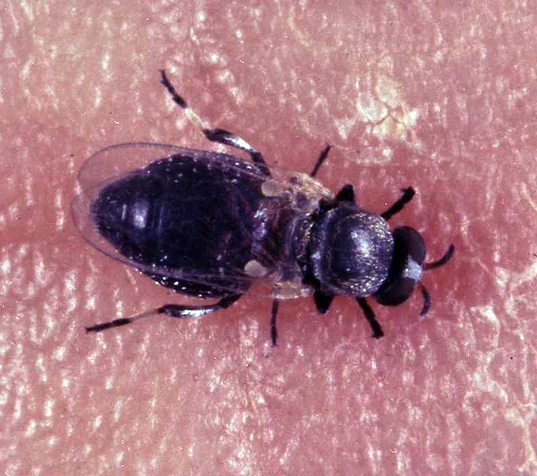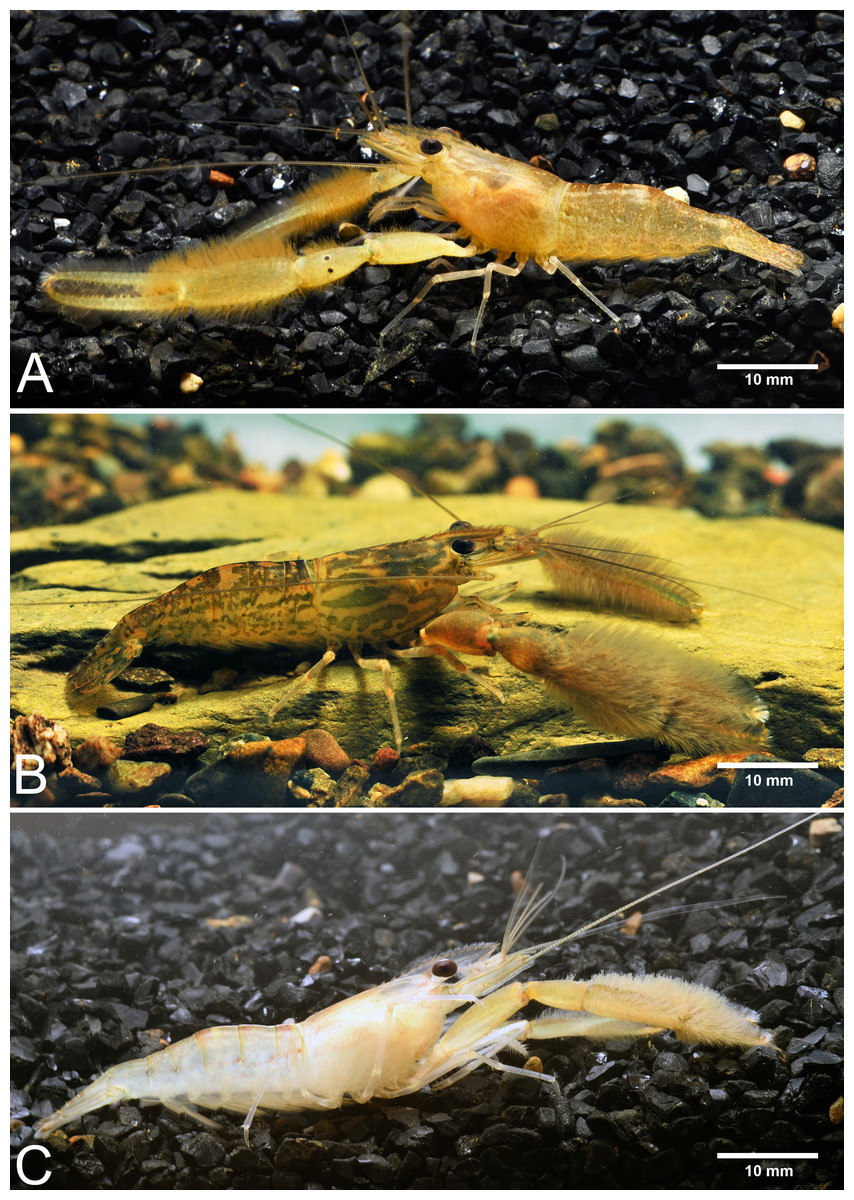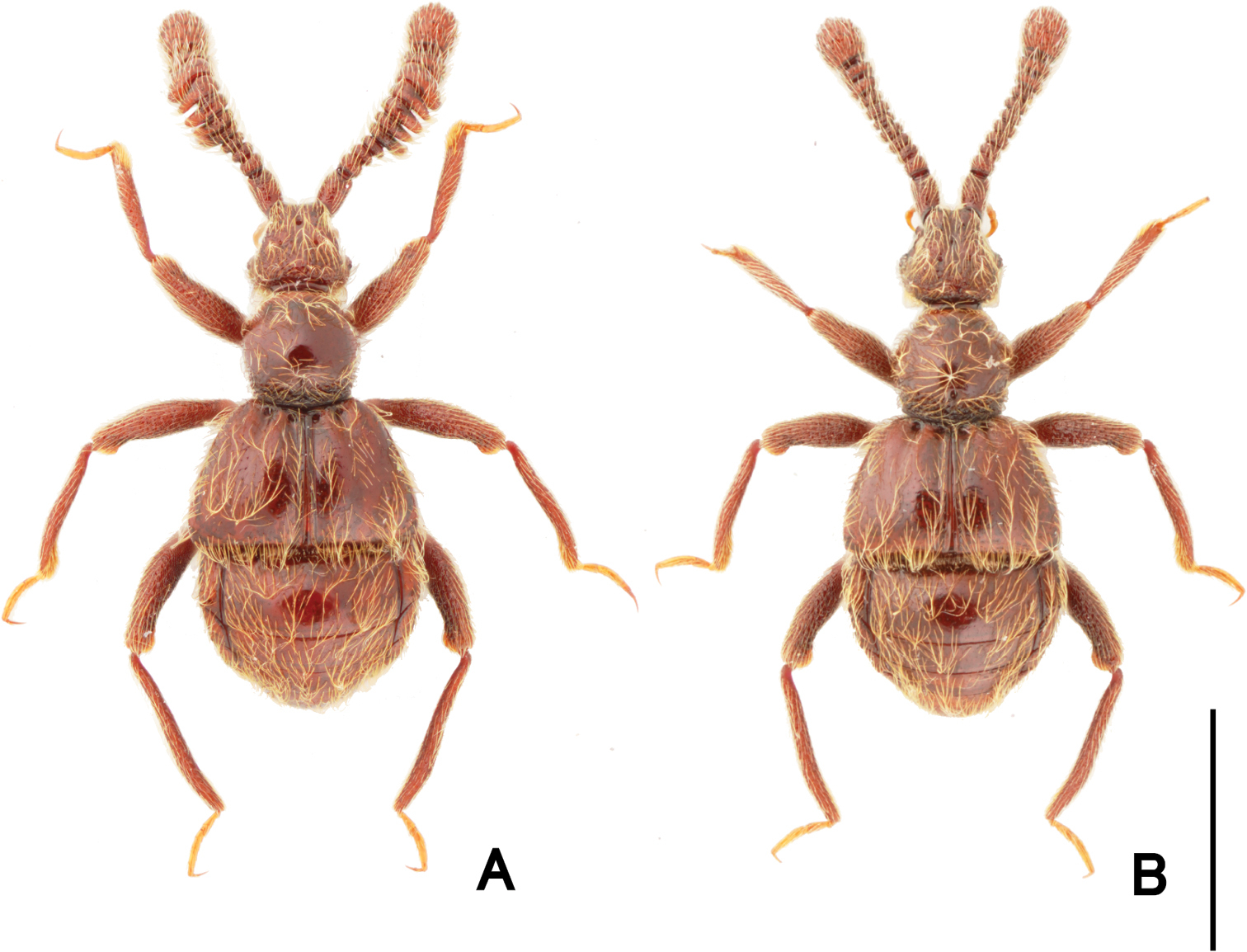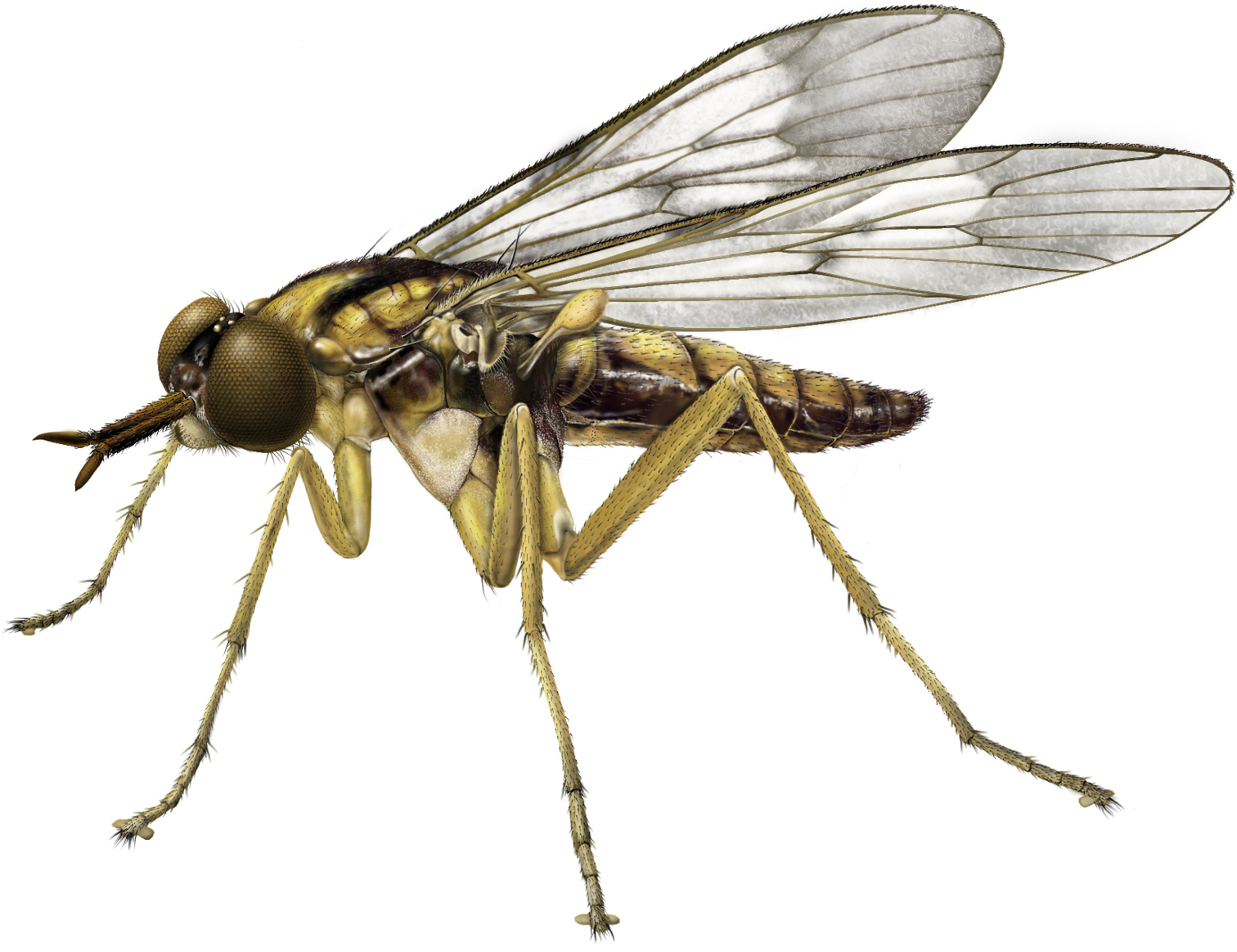by Piter Kehoma Boll
There is a plant in Europe that flowers in winter when the ground is covered by snow. In the warmer regions of southern Europe, it flowers around Christmas and, because of that, it is commonly known as Christmas Rose. Its scientific name is Helleborus niger and it is not actually a rose, but a buttercup.
The Christmas rose is a small evergreen plant, reaching only a few centimeters in height and have dark leathery leaves. Their roots are black, which is the reason why its specific epithet is niger and other of its common names is black hellebore. During winter and early spring, it produces considerably large flowers with five white petals which may have a pink or green tinge. The center of the flower has a large mass os yellow stamens with a small group of white or yellow pistils coming out of them in the middle.
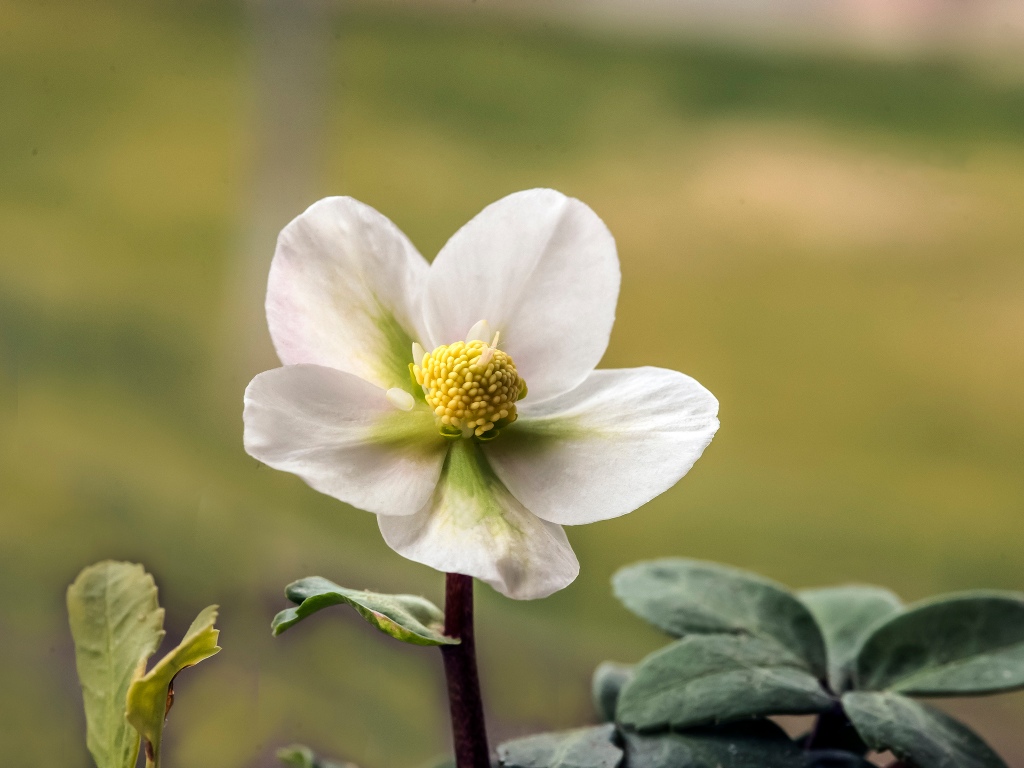
Due to the fact that it flowers in winter, which is not very common, the Christmas Rose is a popular garden flower in Europe. It is, however, quite difficult to grow well because it does not tolerate acid and dry soil or full sun. There are some cultivars with larger flowers, pink flowers or double flowers.
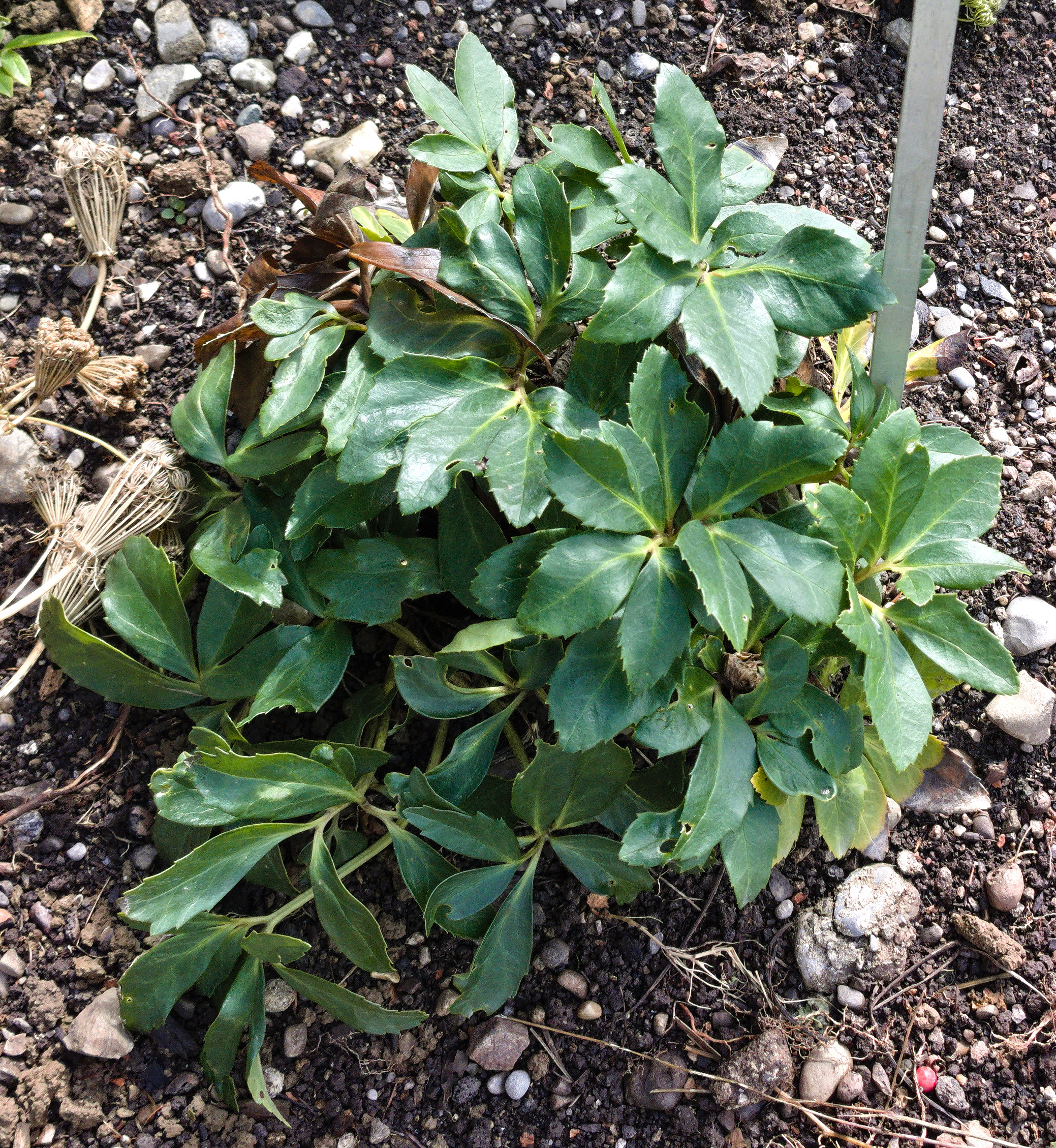
The Christmas rose has many toxic compounds just like other closely-related plants such as buttercups and poppies. It has been used historically to treat several conditions, such as insanity, melancholy and epilepsy, and also as a purgative. There are also many “magic” properties associated with the plant, including the ability to drive out evil influences or turn witches invisible. In large quantities the plant can cause death and there are even some sources that suggest that it was used to assassinate Alexander the Great.
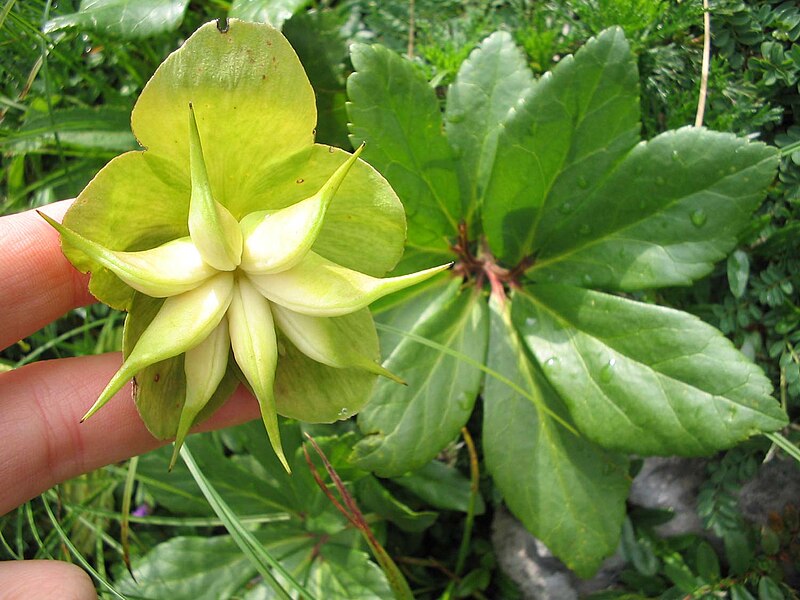
A few clinical studies with Christmas Rose extracts suggest that this plant may have immunostimulant and antitumor properties, which could lead to the development of new anticancer drugs. However, the main interest on this plant today is still related to its ornamental use.
– – –
– – –
References:
Büssing, A., & Schweizer, K. (1998). Effects of a phytopreparation from Helleborus niger on immunocompetent cells in vitro. Journal of ethnopharmacology, 59(3), 139-146.
Schink, M., Garcia-Käufer, M., Bertrams, J., Duckstein, S. M., Müller, M. B., Huber, R., … & Gründemann, C. (2015). Differential cytotoxic properties of Helleborus niger L. on tumour and immunocompetent cells. Journal of ethnopharmacology, 159, 129-136.
Werthmann, P. G., Saltzwedel, G., & Kienle, G. S. (2017). Minor regression and long-time survival (56 months) in a patient with malignant pleural mesothelioma under Viscum album and Helleborus niger extracts—a case report. Journal of thoracic disease, 9(12), E1064.
Wikipedia. Helleborus niger. Available at < https://en.wikipedia.org/wiki/Helleborus_niger >. Access on 24 December 2020.
– – –
** This work is licensed under a Creative Commons Attribution-ShareAlike 3.0 Unported License.
This work is licensed under a Creative Commons Attribution-ShareAlike 3.0 Unported License.







